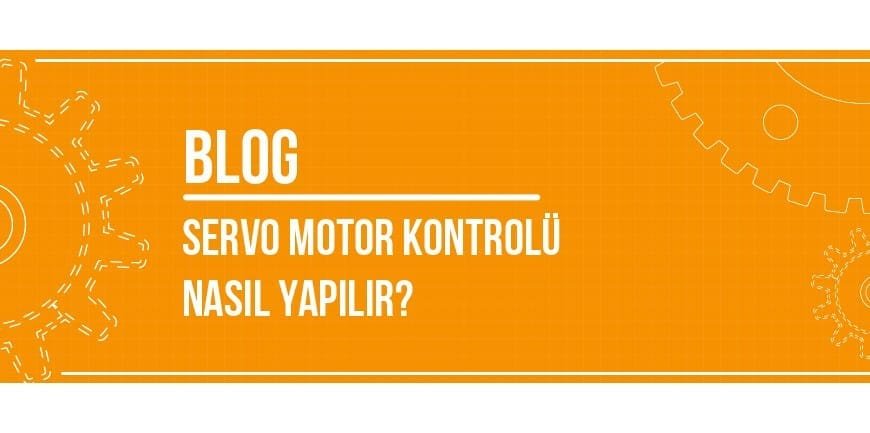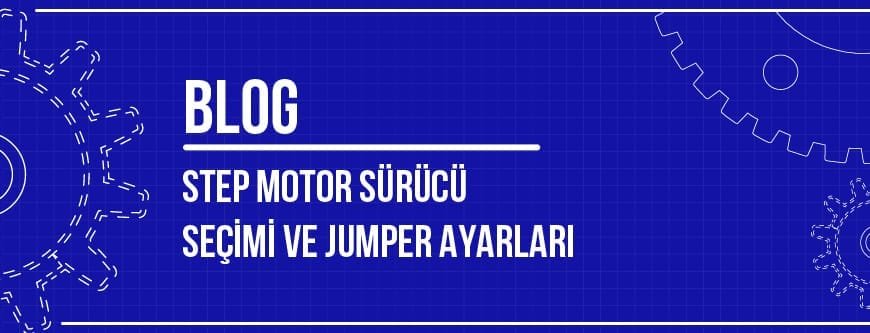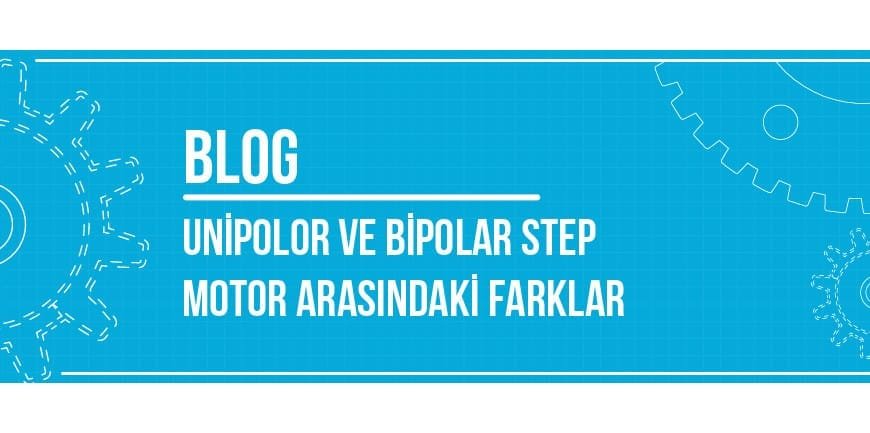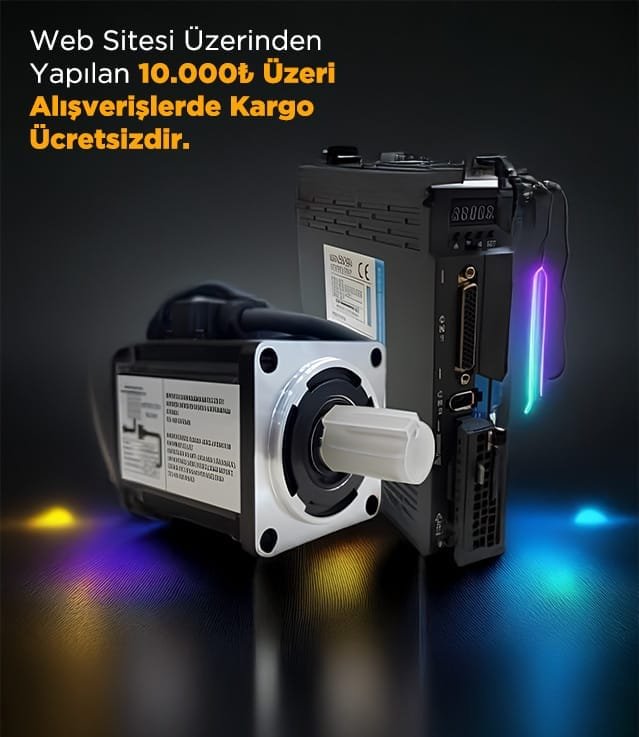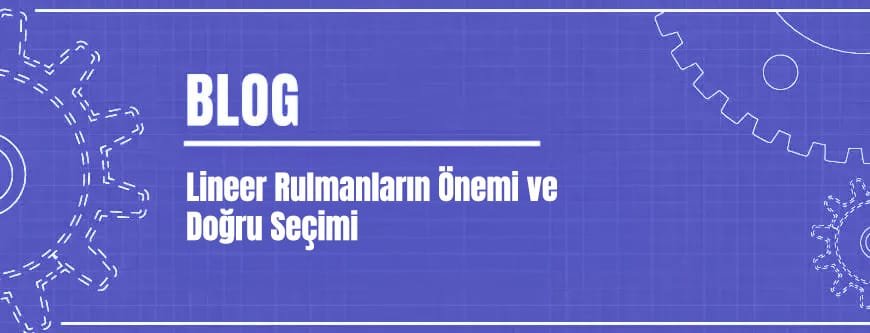
İçindekiler
Importance and Correct Selection of Linear Bearings
From industrial automation systems to CNC machines, linear bearings ensure precise, smooth and low friction motion. These bearings are designed to meet the need for linear motion in systems that require high precision. When used with a suitable linear bearing shaft, they extend the life of the system and reduce maintenance costs.
Choosing the right linear bearing plays a critical role in both performance and cost. Choosing the wrong product can lead to misalignment, vibration and system failures. For this reason, having information about the types of linear bearings and their usage areas makes it possible to build more efficient and stable systems in the long term.
What is a Linear Bearing?
A linear bearing is a mechanical component that provides movement in a linear, i.e. straight line. Its main purpose is to ensure smooth and silent movement of load-bearing parts by minimizing friction. These bearings usually slide on a shaft and are preferred in applications that require precision.
They usually work together with steel or chrome-plated linear bearing shafts. Thanks to the ball structure inside the bearing, friction resistance is reduced to very low levels and the wear of the system is slowed down. Thus, energy efficiency is achieved and equipment life is extended.
What Does a Linear Bearing Do?
Linear bearings ensure smooth and controlled operation of systems that require motion. They play a critical role especially in applications that require linear motion capability. For example, in a CNC router, the linear bearing ensures that the milling head moves smoothly in the x and y axes.
They also enable robotic arm reciprocation in automation systems and millimetric sliding of measuring tables in medical devices. Increasing precision in every system in which they are used, these bearings are used in a wide range of applications from industrial production to laboratory applications.
Linear Bearing Types and Structural Properties
There are many types of linear bearings on the market to suit different needs. The most common ones include linear ball bearings, bushing bearings and guide rail bearing systems. Ball bearings offer low friction and high precision thanks to their steel balls.
Linear housed bearing models are available in both open and closed designs. Open bearings sit on a larger surface on the shaft, while closed structures are suitable for more compact systems. Features such as the material used in the structure of the bearings, carrying capacity and operating life are also important criteria in the selection process.
How Should Linear Bearing Selection Be According to Sectoral Usage Areas?
Since the sensitivity and load carrying capacity required by each sector is different, the choice of linear bearings should be evaluated on a sector-by-sector basis. The structure of a bearing to be used in heavy load bearing machines and bearings to be used in medical devices are different from each other.
In industry, high-strength, dust- and liquid-protected models are generally preferred, while linear ball bearings with quieter and more precise operation are used in laboratory environments. For this reason, not only technical data but also the operating environment should be taken into account when making the choice.
Linear Bearing Selection in CNC and Machine Tools
Precision is the most important criterion in CNC and machine tools. In these systems, where even millimetric errors directly affect production quality, the choice of linear bearings is of great importance. Especially bearings that provide high compatibility with the linear bearing shaft should be preferred.
CNC machines generally use linear ball bearings. These bearings provide stability in fast movements and minimize the wear rate in long-term operations. The maintenance process can be facilitated by choosing dust-protected or lubricated models.
Linear Bearing Selection in Automation and Robotic Systems
Linear bearing models are used in robotic systems for precise realization of linear motion. Compact bearing structures with high performance especially in small spaces are suitable for robotic systems.
In these systems, linear bearing types are selected according to the carrying capacity and operating frequency. Long-life, durable and low-maintenance models are recommended for robot arms with high repetition rates. At the same time, products resistant to vibration should be preferred.
Linear Selection in Medical and Laboratory Equipment
Medical devices and laboratory systems often operate at low loads but with high precision. Linear ball bearings are very common in these areas. Their quiet operation and low friction characteristics are particularly advantageous in diagnostic equipment.
It is also important that the bearings used in these systems are hygienic and easy to clean. Systems with linear bearing shafts and housings made of corrosion-resistant materials offer trouble-free performance in the long term.
Linear Bearing Selection in Packaging and Food Industry
Machines used in the packaging and food industry must perform fast and repetitive movements with precision. For this reason, linear bearings must be made of stainless steel and materials suitable for food contact.
In addition, easy cleaning, chemical resistance and hygiene standards are at the forefront of the bearings used in these sectors. Linear bearing systems provide a safe and stable performance in such environments, while at the same time providing long-lasting use without interrupting the operation of the system.
Linear Bearing Selection in Automotive Production Lines
The efficiency of production lines in the automotive industry depends on the durability of the parts used. The linear bearing types preferred here must be suitable for high loads and continuous operation. Generally, high-strength and dust-protected linear ball bearing systems are preferred.
Protection of the bearing against oil, dirt and impacts, which are frequently encountered in production lines, extends the life of the system. Choosing the right bearing in this sector not only increases line efficiency, but also provides total cost optimization by reducing maintenance costs.
The Effect of Correct Linear Bearing Selection on System Performance
Choosing a suitable linear bearing directly affects system performance. Using the right bearing increases the mobility of the system, reduces friction and ensures energy efficiency. The system also requires less maintenance, which contributes to production continuity.
An incorrectly selected bearing can both shorten the life of the system and cause failures due to part incompatibilities. This leads to costly maintenance and production downtime over time. In particular, bearings that are fully compatible with the linear bearing shaft should be preferred.
Technical Criteria to Consider When Selecting a Linear Bearing
Technical criteria to consider when selecting a linear bearing include carrying capacity, speed, operating temperature, operating environment and mounting type. The diameter and size of the linear bearing shaft with which the bearing is compatible should also be considered.
In addition, details such as the bearing’s housing structure, inner ball diameter, material type and sealing properties are crucial for long-term performance. Low-friction systems such as linear ball bearing models can be ideal choices for precision applications. Therefore, the selection process should be carried out with expert engineering support.
Diğer Blog Yazılarımız



